A long time ago in a galaxy far, far away, there was a fella who took his trusty old Series Landy across the Simpson Desert year in and year out. He’d have spare tins of beans stashed behind the sun visors. A couple of sets of driveshafts cable tied to the chassis rails. He even had a spare diff centre rolling around – probably in the glovebox. Sure enough, as the weeks in the bush went on, he’d use every single one of his spares. Especially the diff centres. Until one year, he couldn’t get a diff centre in time, and nervously headed off without one. Low and behold, it was the one year he didn’t need one, the diff fitted lasting the whole way.
Over the years, the vehicle he was driving, the tracks he was camped on, and the parts that were exploding have all changed. But the moral of the story always remains the same; carrying spares for your adventures is important, but carrying too many can be just as problematic. We’ve spent the last decade travelling this country breaking down in every imaginable town in every conceivable vehicle to give you the definitive guide on what spares you should load up into the drawers, and what kit should stay home on the shelf. Reckon we’re wrong? Or got your own lesson you’d like to share too? Leave us a comment at the bottom. We pinky promise to read ’em all.
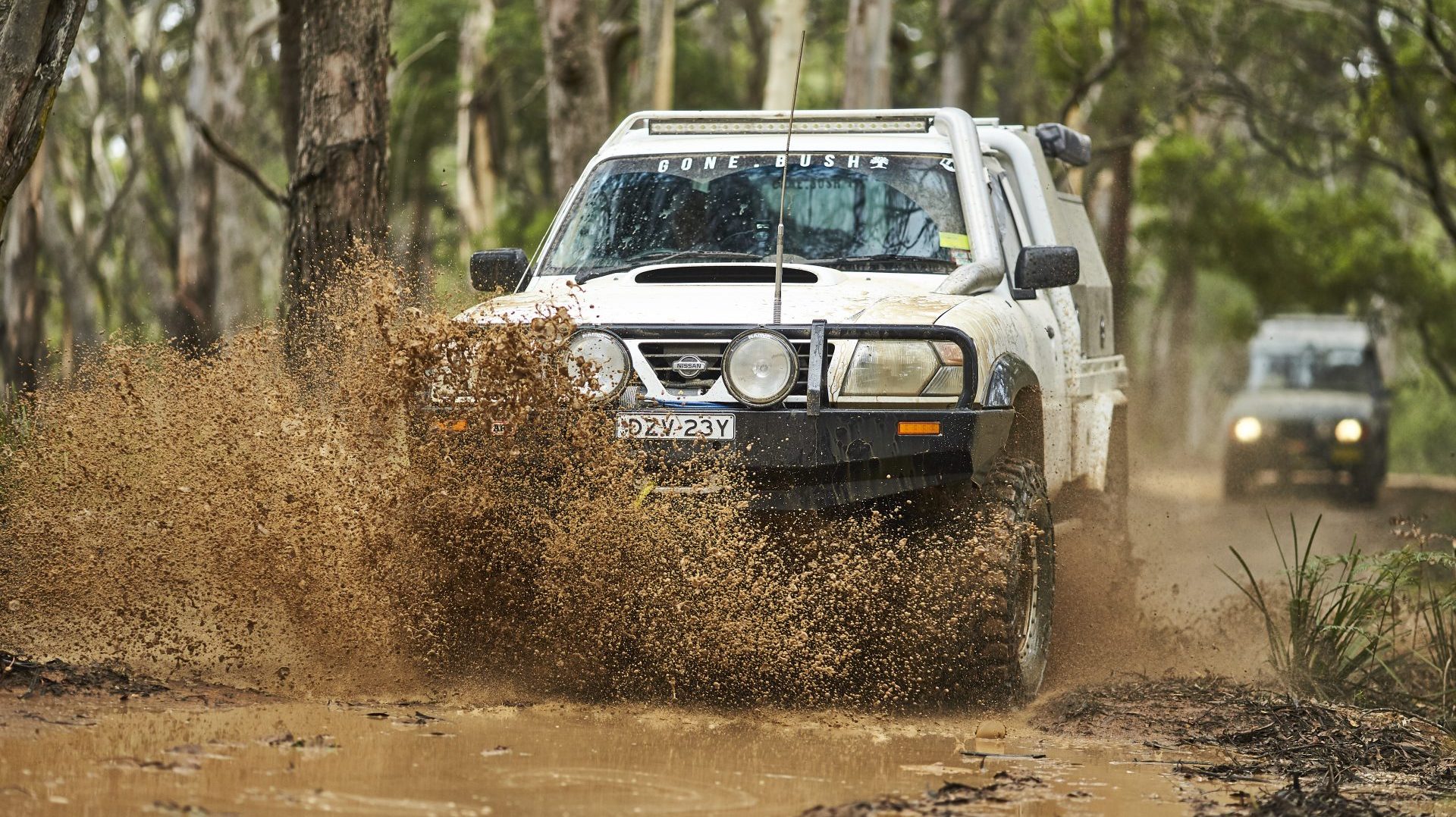
What spares you should take
Hoses
This should go without saying, but spare hoses should be stashed away in the back of every 4X4. They’re lightweight, flexible, cheap, and can be stashed in behind interior panels easily. Modern 4X4s run about a million hoses, so have a look and see what you ACTUALLY need, not just what you think you will. You might be able to cut the bottom radiator hose in half and use it for the top in a pinch.
Belts
Belts should last a long time, but if they don’t the results are catastrophic. A wayward rock or stick under your bonnet could dislodge a modern serpentine-style belt and leave you dead in the water with no water pump spinning. Put a brand-new one on before any trip, and keep the old one (assuming it’s alright still) stashed away with your spare hoses.
CV joints
Imagine trying to climb a mountain with one hiking boot, and a roller skate. It’d be a disaster. Losing drive to your front axle will give the same result so there are no shortcuts to be made here. If your trip involves any low-range work you’re going to want to carry a spare CV joint for both the left and right side – and have the tools to change them. Some manufacturers are nice and will make the CVs identical left to right saving you money and weight.
Tie rods
Another one for the IFS crowd. Comparably weaker than their solid axle counterparts, CVs and tie rod ends are typically the first thing to go. You can get towed out of the bush with a dead engine, but if your front wheels look like they’re doing an impersonation of the wacky waving inflatable arm tube man, you’re dead in the water. Keep a set for left and right in with your spare CVs. They’re the heaviest your kit should get but some problems can’t be avoided.
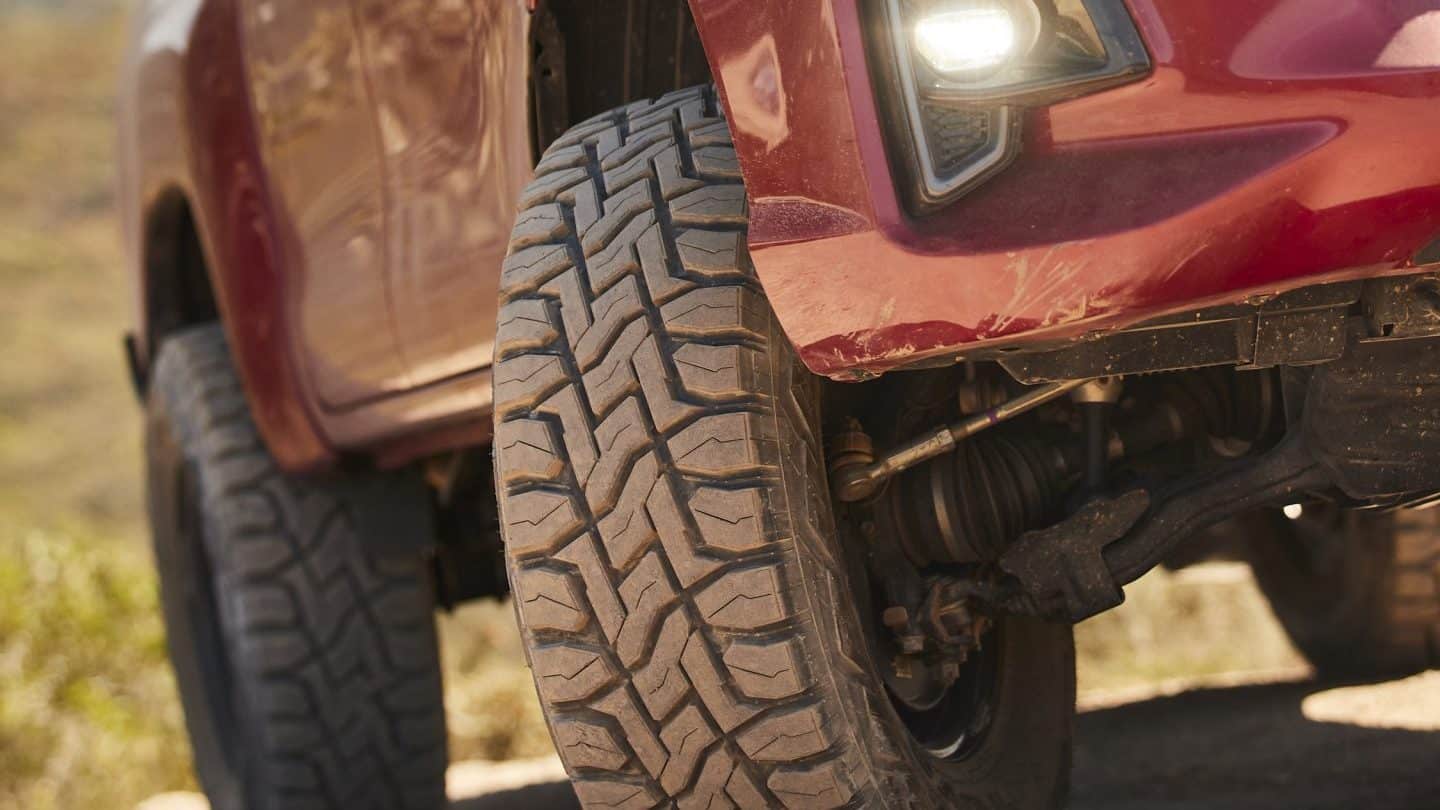
Filters
‘Well duh’, we hear you say. And honestly, yeah. They’re dirt cheap; easily taken out of action thanks to dodgy fuel or heavier dust than anticipated; easily replaced; and light weight. Stashed in the back of your drawers should be an air and fuel filter.
Fuses and relays
One of the lightest spares you should be carrying, these can literally stash in your glovebox behind that tyre deflator you really should be using. Any issues with your wiring and your fuses will pop. Fix the issue, and you’re still stranded without a replacement fuse. Have a look at what your 4X4 specifically needs though as the off-the-shelf kits you grab from Supercheap may not have some of the weird and wonderful stuff your specific 4X4 needs.
The bits and bobs
In a perfect world, we’d just lug a mobile workshop behind us with every spare imaginable. Unfortunately, physics says that’s a dumb idea so occasionally we’ll need to do a little bush mechanics. This oddball collection would be lucky to run you $100 from any hardware store and be worth its weight in gold if you find yourself reaching for it.
Ratchet Strap
Snapped an engine mount? Ratchet strap it in. Suspension component snapped? Ratchet strap it in. Spare tyre mount snapped? You betcha, Mr Ratchet to the rescue. These aren’t funny examples we’ve thought up, they’re real situations we’ve been in that have all been saved by a few ratchet straps. Buy some today.
Silicone tape
Not every problem needs a whole replacement part to get you on the tracks again. A radiator hose that’d rubbed through can be patched up with a beer can and a whole heap of silicone tape. We drove from Broken Hill to Lithgow with exactly that setup. Hey, if it’s dumb but it works, it ain’t dumb.

Electrical wire
You don’t need to buy it by the roll, but if an electrical component gives up the ghost all the electrical tape in the world won’t save you. The old twist and tape method may make some readers throw up in their mouths, but you can bet your bottom dollar it’ll get you back home where you can fix it properly.
Tie wire and hose clamps
Sometimes you just need to stick two things together that weren’t designed to be stuck together. Whether you’re replacing a camper trailers dust cape with a stubby cooler or holding your exhaust off the ground after a mount snapped, a small spool of tie wire and a handful of hose clamps will be a life saver.
Tyre puncture repair kit
Look, we’ve crossed the Simpson Desert with a spare bolt covered in sikaflex plugging a tyre, but it’s not high on our life achievement list. A tyre puncture repair kit weighs bugger all and costs even less. Stash one in with your kit.
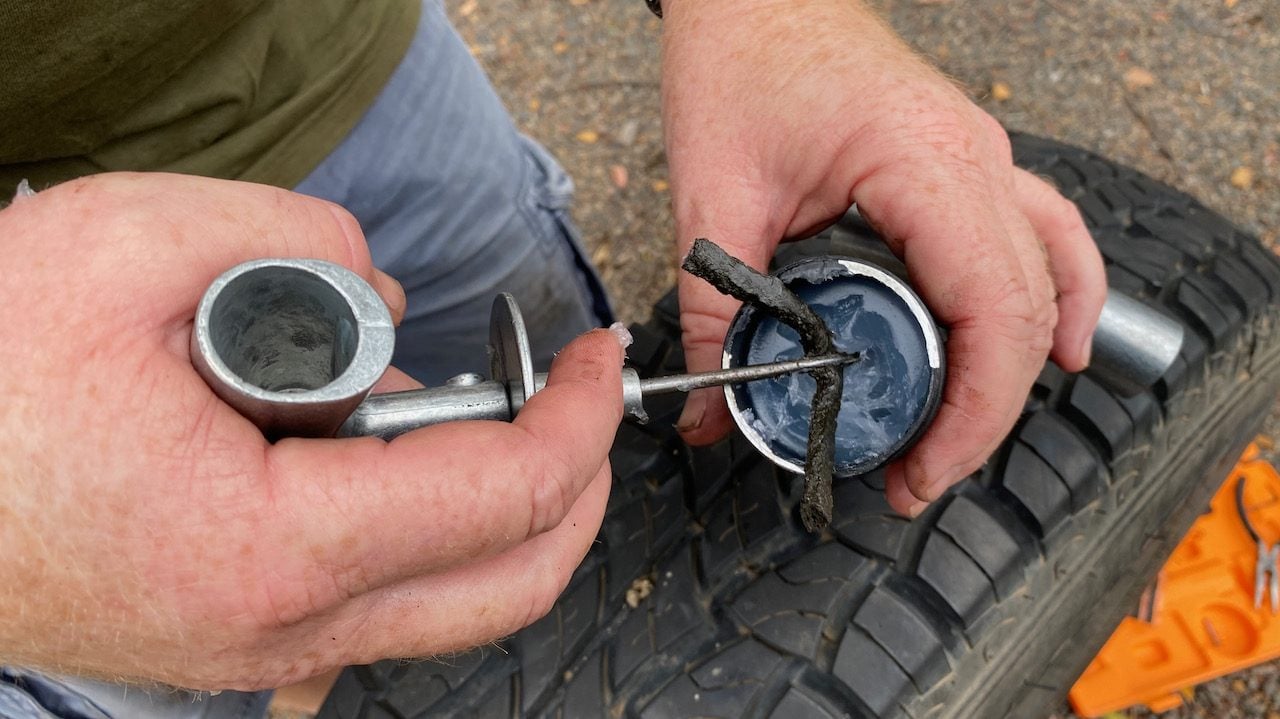
Kit you don’t need to carry because you’ve already replaced it … right?
Starter motor
This is an actual suggestion we’ve seen to carry, and it’s ridiculous. Sure, you’re dead in the water without a starter, but you’re not going to carry a spare turbo and crankshaft, are you? If your starter is suspect, old, or you’re in there anyway, then replace it.
Alternator
If you’re heading to the jungles of Bolivia in your 1982 FJ40 you may want to carry a spare alternator. For literally everyone else, you don’t need to carry one. Same as the starter, if it’s old or suspect, replace it. Otherwise, just accept you can’t carry an entire spare car.
Uni-joints
We’ll accept this one is a little contentious so we’ll chalk it up to situational. If you’re rock bouncing, bring spares and know how to replace them. Everyone else, just put in a fresh set before you head off for a big lap, and regularly check and maintain them otherwise.
Oil
Don’t go clutching your pearls too hard, this one is contextual again. If you’re doing the big lap, or travelling in an older vehicle, absolutely carry it. But if you’re in something late-model, think about how catastrophic an issue you’d have to have where you need to replace your oil, then think about what you’d need to do to fix the original issue. If you’re not frequently cracking your sump on weekend camping trips probably save the 10kg of oil for your bigger trips.
Wheel bearings
Yes, bearing failure is a massive issue. But why buy new bearings just to stash them in your spare drawer and keep driving around on old ones? They’re cheap, relatively easy to do, and unless you’re driving something good and proper wild, will last literally years before needing to do them again. If you’re planning a big trip, just put new bearings in and avoid breaking down in the first place.
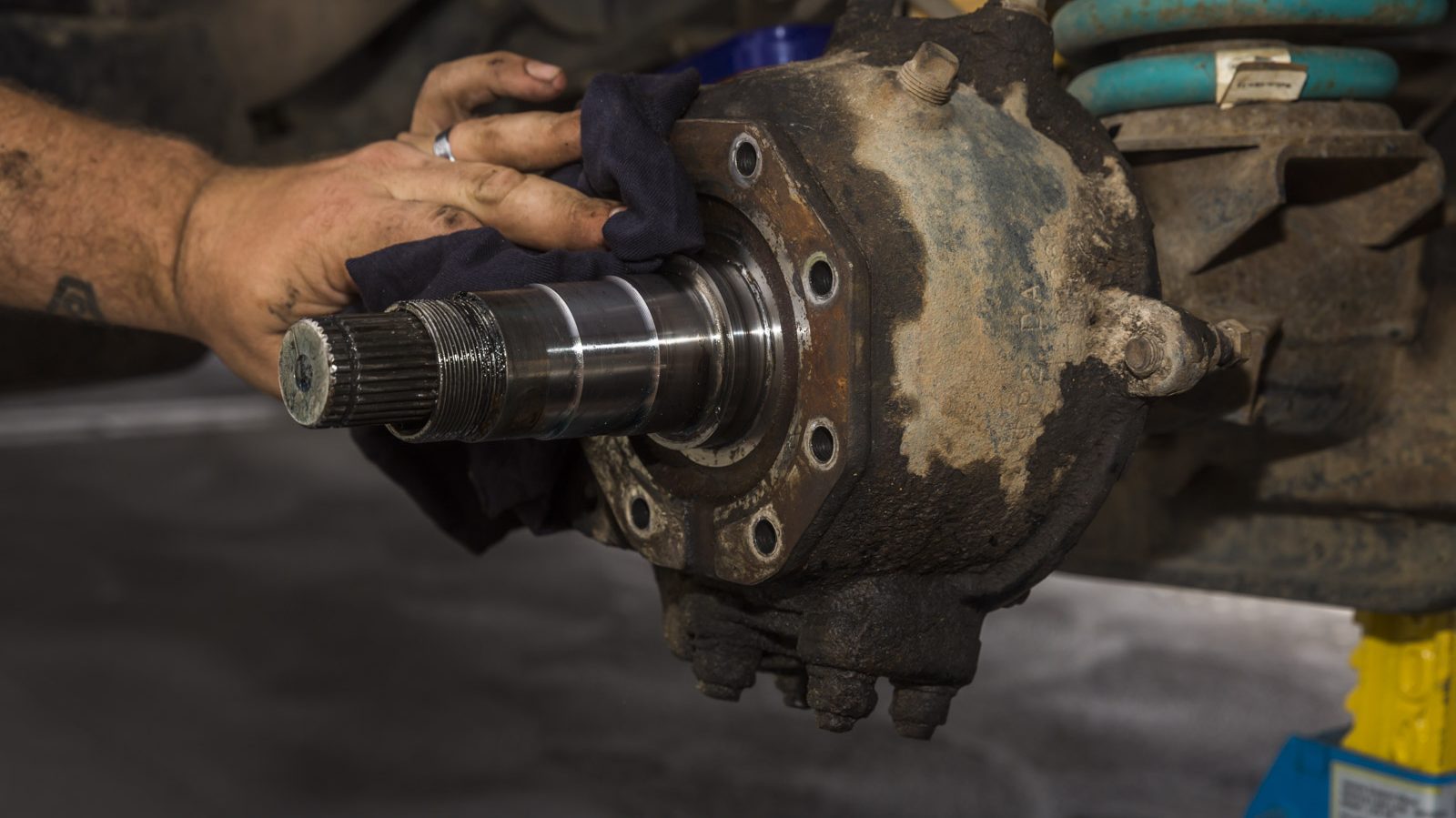
So, what now?
Ready for the outback? Go after it, my friends. But if you’re keen for some more light reading, check out our guides below to arm yourself with even more skills.








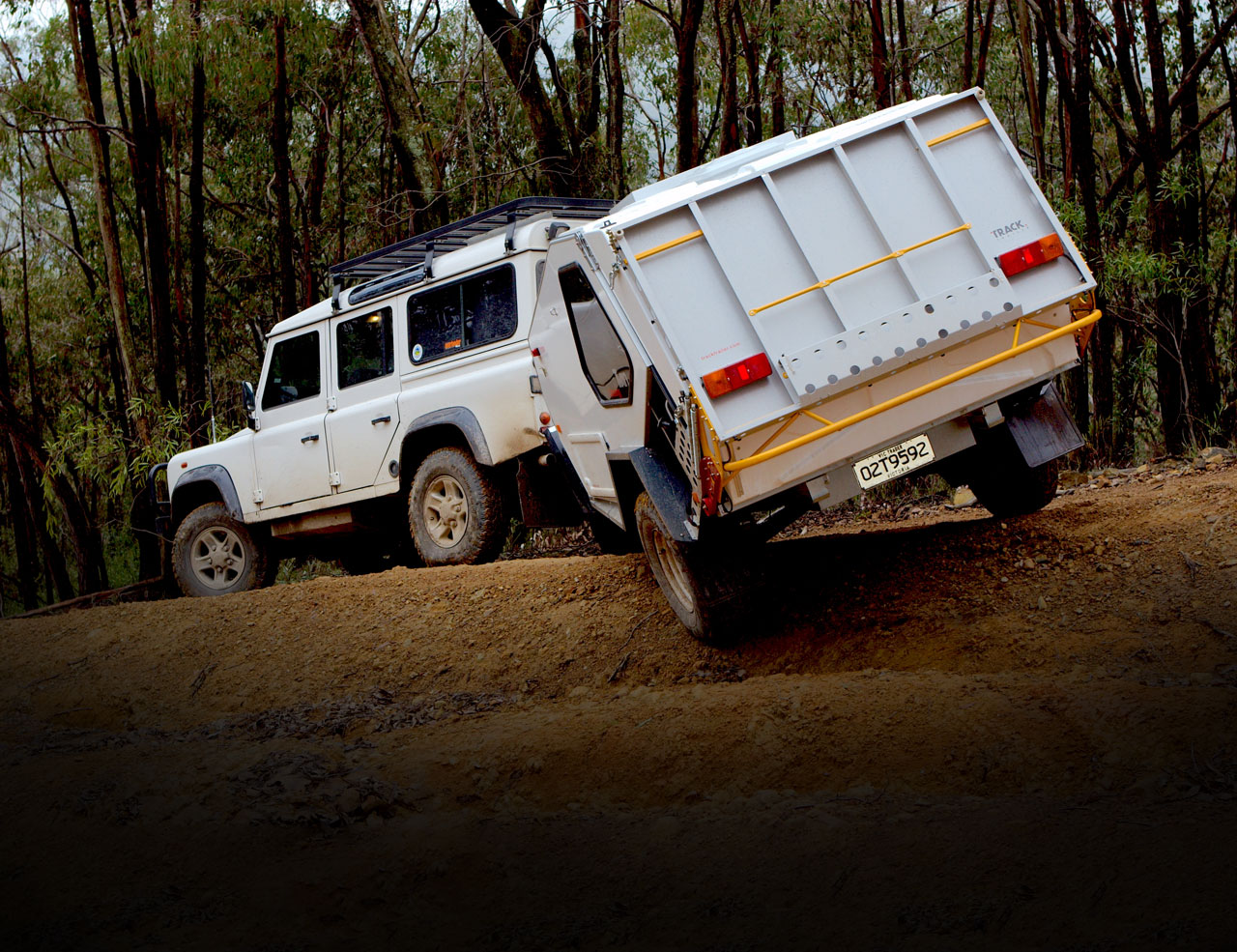


If you are on your own, a super-capacitor bank to start if the start battery carks it,
A dual deepcycle might not cut tyhe mustard but the capacitor bank will and can be recharged off the deep cycle.
Hi,
The comment on the oil is an interesting one and I did have another issue that I will discuss at the end.
The rig – I have a current series BT50
We left in March of this year, from Sydney, on the big 6 month, 1/2 lap trip around Australia towing our 17′ caravan. The owners manual for the BT has the service intervals at 15,000 ks but says that the oil changes should be “more frequently” if towing – no further information on what “more frequently” actually means.
Now because I am a bit (my wife say a ‘lot’) old school I have always tried to stick to oil changes every 5,000 – 6,000 ks when I am towing, most likely excessive, but new oil and filters have got to be better than old oil and filters right? Given the ks we were going to be doing I had estimated that we were going to require 3 oil changes along the way.
No here is the rub, back in March, before we left, I spoke with Repco, Supercheap, Auto 1 and a couple of other ‘parts suppliers’ and none of them had a listing for oil, in any brand, for the current series BT50. So I went back to Mazda to check with them and was told that if I used any oil other than Castrol Magnatec MPDX5W -30, and a genuine filter, it could potentially void the warranty on my engine.
Given that there is a Mazda dealer in Pt Augusta, the next one is in Darwin, and unless you head into Perth on the way back down, there isn’t much in the way of Mazda dealerships until you hit Pt Augusta again it prompted me to have a look at the itinerary and plan where I could get oil changes along the way. Not one mechanic, in any of the towns that I called used the Castrol Magnatec oil, nor was prepared to get it in for me, (even if I was prepared to pay for it in advance), and they all used aftermarket oil filters.
Mazda was happy to sell me a 200 lt drum of the Magnatec (for $2,000) but fortunately I was able to find a Castrol distributor who was prepared to sell me a couple of 20lt drums, even though I was just a ‘walk in’ customer.
Eventually I ended up managing to time one oil change at the Mazda dealership in Pt Augusta and then carting an additional 15 litres of oil (and genuine filters) with me and finding mechanics in Kununarra and Kalgoorlie who were receptive to using ‘customer supplied parts’ to do oil changes.
Now you are never going to carry a spare windscreen but on our way back from Darwin a passing road train threw a bunch of gravel into the screen resulting in 2 cracks about 12 cm long. Because we tend to stay on the back roads I could not find anywhere that could do a windscreen replacement because they didn’t have the equipment to re calibrate the radar that hangs off the screen. I did find someone who sold me a ‘windscreen repair kit’ for $30, much to my surprise, to date, this has stopped the cracks getting any bigger.
For me the moral of the story is to do a little research before you leave on possible repair spots and certainly if you want to get your vehicle serviced along the way, book ahead and make sure that they will have the right ‘bits’ on hand to do the work.
best to buy a car that don,t usually break down, i,ve ever ownly been stuck once, at home ! and that was when i played with van lights & blew a fuse in car, it locks a solinoid in gearbox ,cannot put it in gear, till rang & found to stick key or flat screwdriver down hole near gears, still needed to have it replaced, dunbest idear they ever came up with ! if i had been in bush, no reception, would have never known how to get going again CRAZY 1